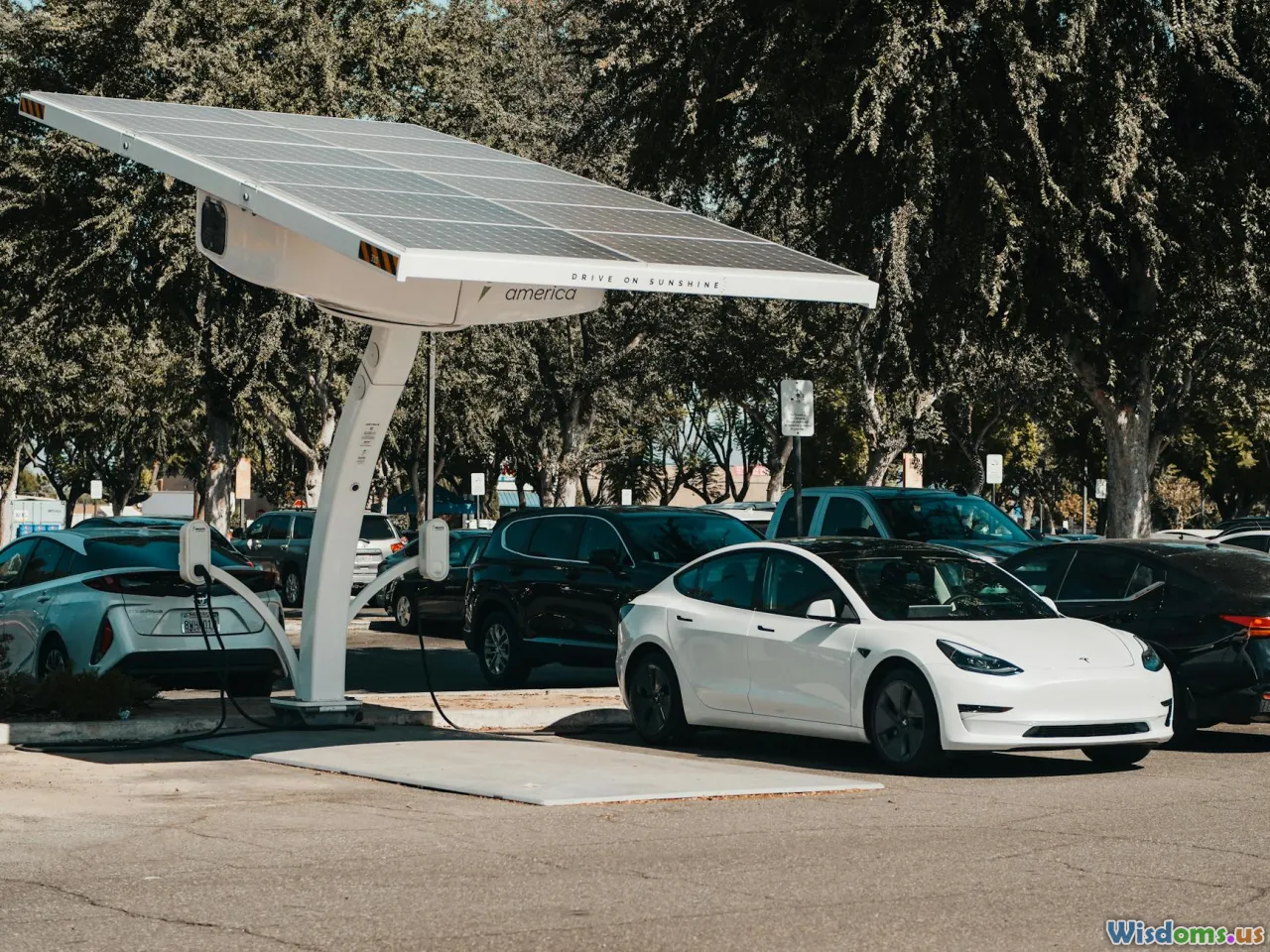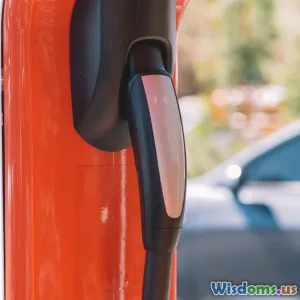
Analyzing the Latest Battery Technologies for Electric Vehicles
7 min read Explore breakthrough battery technologies transforming electric vehicles' future for longer range, faster charging, and sustainability. (0 Reviews)
Analyzing the Latest Battery Technologies for Electric Vehicles
Electric vehicles (EVs) have accelerated from niche luxury alternatives to mainstream contenders reshaping global transportation. Yet, at the heart of this revolution lies a challenge — batteries. Battery technology dictates not only how far EVs can travel but also their cost, charging time, and environmental footprint. With increasing consumer demands and climate targets, innovating battery tech is more critical than ever. This article dives deep into the latest breakthroughs powering the electric vehicle revolution.
Why Battery Technology Matters in EVs
Battery performance is the lifeblood of electric vehicles. It influences multiple critical factors:
- Driving Range: How far an EV can go before needing a recharge.
- Charging Speed: Time required to replenish battery capacity.
- Lifespan: Number of charging cycles before performance degradation.
- Cost: Battery pack expenses constitute a significant portion of EV price.
- Safety and Sustainability: Risks of thermal runaway and ecological impact of materials.
An advanced battery technology can unlock longer trips, reduce charging anxiety, lower costs, and support sustainability goals.
Leading-edge Battery Technologies for EVs
1. Solid-State Batteries: The Next Frontier
Solid-state batteries replace the liquid electrolyte found in traditional lithium-ion batteries with a solid electrolyte. This seemingly small switch comes with massive advantages:
- Higher Energy Density: Enables up to 2x the storage, allowing lighter, smaller packs that extend range.
- Improved Safety: Solid electrolytes eliminate flammable liquids, reducing fire risk.
- Faster Charging: Enables quick ion transfer, supporting rapid recharge cycles.
Real-world Insights: Toyota and QuantumScape are at the forefront. QuantumScape, backed by Volkswagen, targets commercial rollout by mid-2020s, promising vehicles recharging to 80% in 15 minutes and new ranges exceeding 500 miles.
2. Lithium-Sulfur Batteries: Cost-Effective and Lightweight
Lithium-sulfur (Li-S) batteries are drawing attention for their potential to deliver five times the capacity of lithium-ion cells.
- Advantages: Lightweight sulfur cathodes cut battery weight, improving EV efficiency.
- Challenges: Cycle life tends to be shorter due to sulfur’s volume changes and degradation.
Companies like Oxis Energy have developed Li-S prototypes demonstrating ranges beyond 400 miles on concept EVs, targeting aviation and heavy transportation sectors where weight savings are pivotal.
3. Silicon Anode Batteries: Boosting Capacity
Revolutionizing battery electrodes by incorporating silicon anodes is a breakthrough aimed at dramatically improving capacity:
- Silicon can theoretically hold ten times more lithium ions than graphite, the conventional anode material.
- The challenge: silicon expands dramatically on charging, risking material cracking.
Manufacturers like Sila Nanotechnologies have engineered silicon-based additives showing over 20% range improvement in electric vehicles, already adopted by brands such as BMW.
4. Fast-Charging Technologies and Infrastructure
Battery chemistry evolution isn't the only gamechanger. Charging technology leaps forward the usability of EVs:
- Ultra-fast DC chargers: Tesla’s Supercharger V3 delivers up to 250 kW, and networks like Electrify America aim for 350 kW points, translating to 15 minutes for an 80% charge.
- Battery Thermal Management: Advanced cooling maintains optimal temperatures during fast charging to preserve battery health.
Tesla's introduction of “V4” battery packs promises compatibility with charging speeds beyond 300 kW, demonstrating the industry’s path towards ultra-rapid charging.
5. Recycling and Sustainability Focused Innovations
With rising battery demand, recycling technologies have become vital for resource conservation and environmental safety.
- Direct Recycling Methods: Recover active cathode materials without breaking them down chemically, reducing energy consumption.
- Companies like Redwood Materials and Li-Cycle promote closed-loop recycling to reclaim lithium, cobalt, and nickel, planning to supply battery-grade materials sustainably.
The intersection of innovation and circular economy is shaping the longer-term sustainability of EV batteries.
Challenges and Outlook
Despite encouraging progress, several hurdles need addressing:
- Scalability: Many advanced designs like solid-state batteries still face manufacturing challenges.
- Cost: High initial costs remain a barrier to mass adoption.
- Material Supply: Demand for lithium, cobalt, and nickel stresses global supply chains, demanding alternative chemistries and mining ethics.
Experts like Dr. Yet-Ming Chiang from MIT emphasize ongoing multidisciplinary research and significant capital investment as crucial to meeting 2030 electrification targets worldwide.
Conclusion
Battery technology remains the cornerstone of the EV industry’s future. From solid-state and lithium-sulfur’s promise of longer, safer rides to silicon anodes and ultra-fast chargers enhancing convenience, each innovation addresses a distinct challenge. Coupled with advances in recycling and sustainable sourcing, these breakthroughs are edging us closer to an era where electric vehicles can fully usurp combustion engines — delivering more accessible, affordable, and eco-friendly transportation.
For consumers and policymakers alike, staying informed about these technological advances is vital. The road ahead for EVs is electrified not just by electrons, but by relentless ingenuity pushing the boundaries of battery science.
References:
- QuantumScape Corporation. (2023). "Solid-state battery roadmap and milestones."
- Oxis Energy. (2022). "Commercialization of lithium-sulfur batteries for aviation and EVs."
- Sila Nanotechnologies. (2023). "Silicon anode integration in automotive lithium-ion cells."
- Tesla, Inc. (2023). "Supercharger V3 and battery pack innovations."
- Redwood Materials. (2024). "Battery recycling progress and sustainability initiatives."
- MIT Energy Initiative Reports (2023). "Future battery technologies in transportation."
By understanding the latest advances in battery technologies, you empower yourself to make smarter choices in this rapidly evolving electric vehicle landscape.
Rate the Post
User Reviews
Other posts in Battery Technology
Popular Posts















